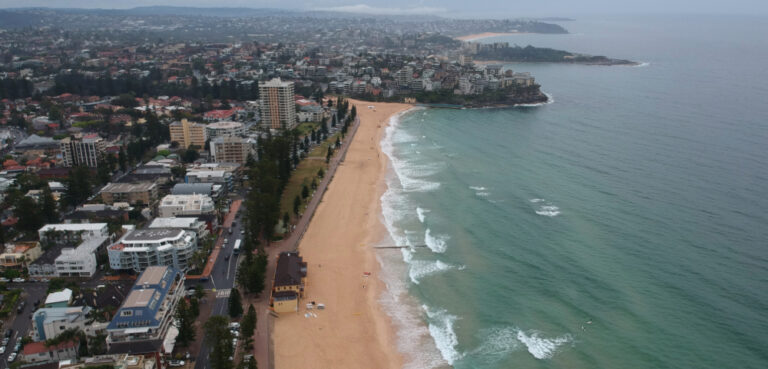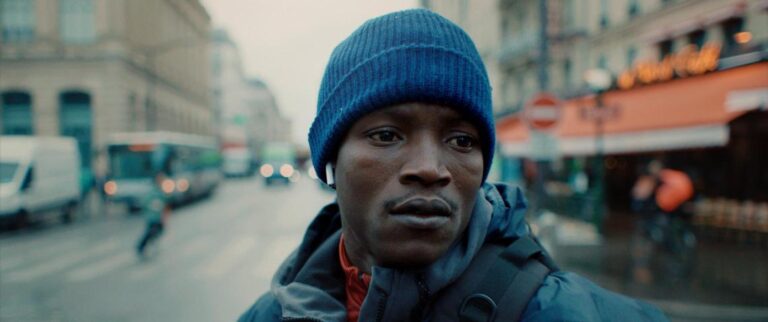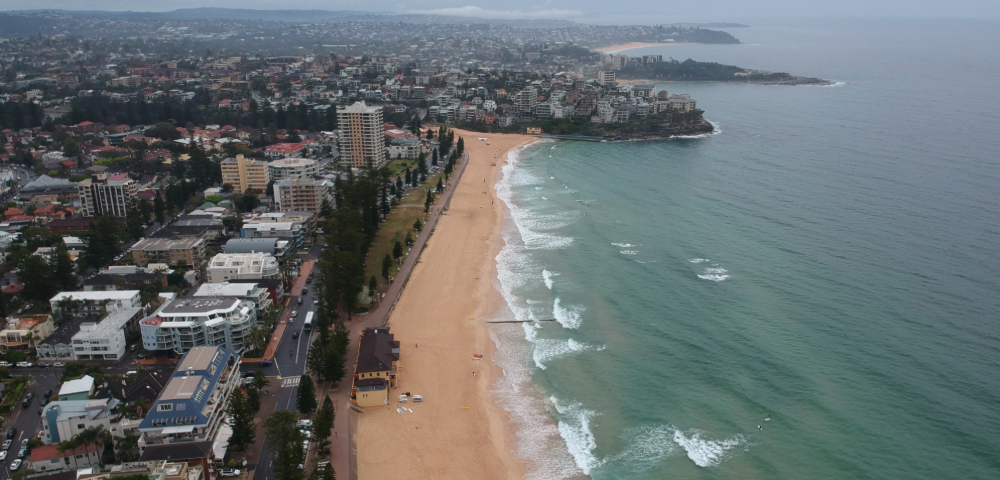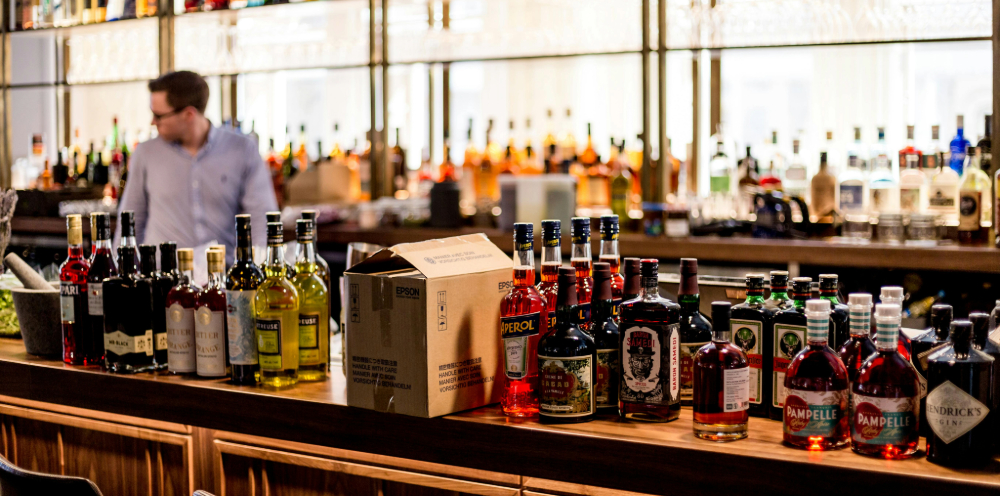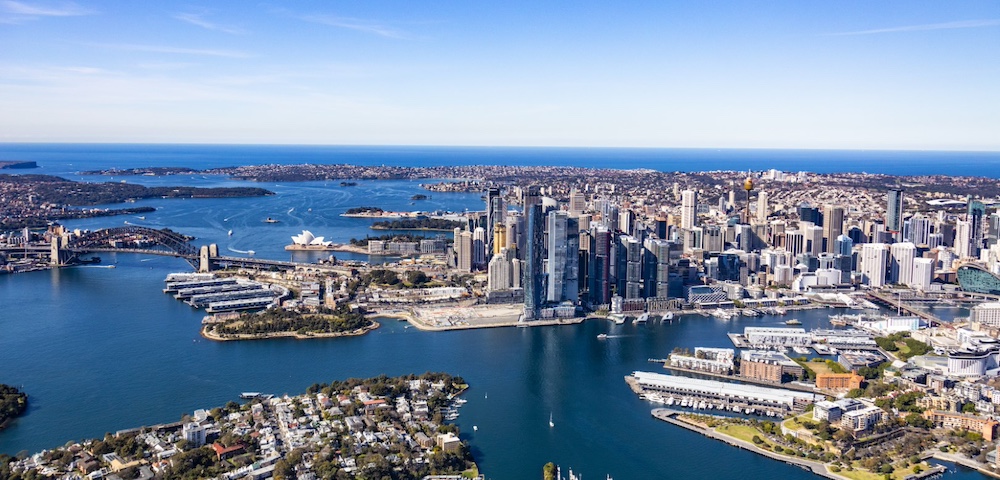
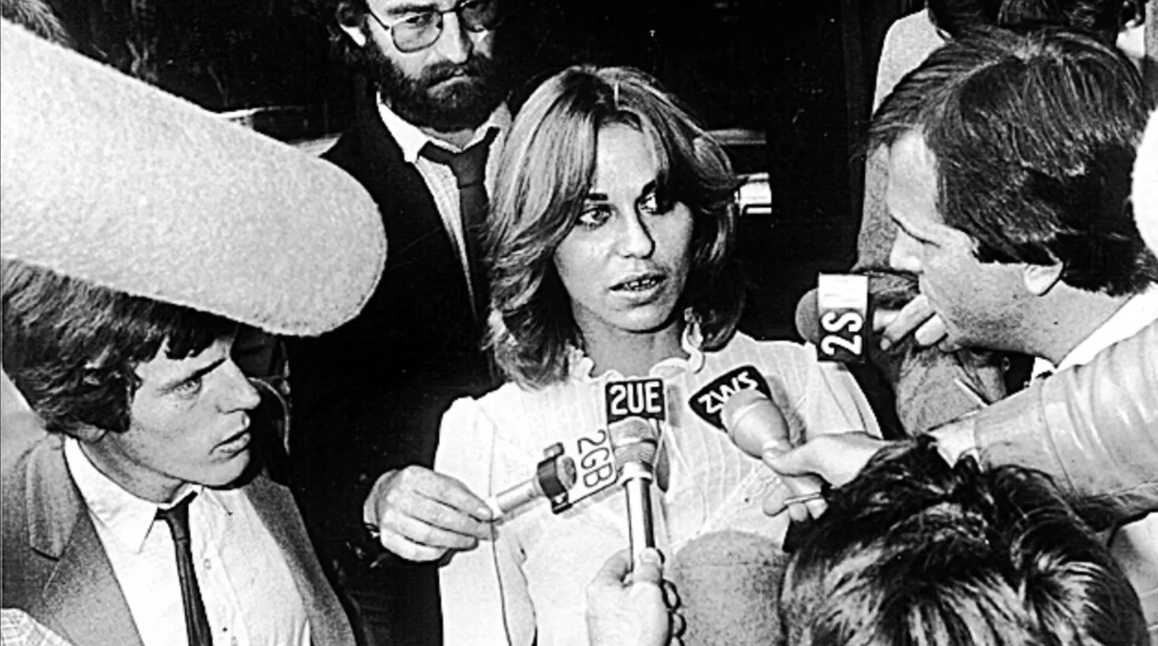
by GRACE JOHNSON
The recent death of former NSW detective Roger Rogerson, also known as “Roger the Dodger”, “cold-blooded killer”, and “Australia’s most corrupt cop”, has revived the tales of his crimes and corruption, as well as the ones responsible for exposing them.
Born in 1941, Roger Caleb Rogerson grew up in Bankstown in Sydney’s west, and joined the NSW Police Force as a cadet when he was 17 years old.
He rose quickly in the ranks, working on high-profile cases, and became one of the most decorated officers, earning awards for bravery and devotion to duty.
When he died last Thursday, age 83, he was serving a life sentence for the murder of a young drug dealer, Jamie Gao, whose body was found in a silver surfboard bag floating in waters off Cronulla.
It was not Rogerson’s first, but his fourth stint in jail.
But while he was the NSW Police Force’s most decorated officer, working on high-profile cases and catching criminals, all while being lauded for his remarkable bravery, it was a working woman that exposed his corruption and duplicity, risking her life to do so.
The Lanfranchi Affair
By 1981, the year Rogerson was awarded the Peter Mitchell Award, the highest annual police accolade, the officer had already developed ties to organised crime.
That same year, Rogerson shot dead Warren Lanfranchi, a Sydney drug dealer, during a police ambush, claiming it was in self-defence.
Lanfranchi’s girlfriend, Sallie-Anne Huckstepp, a sex worker, spoke out on Channel Nine’s 60 Minutes, accusing Rogerson of conspiring with organised crime leaders.
She said Rogerson killed her boyfriend as retribution for murdering another heroin dealer who was under police protection.
She further exposed Rogerson by saying he was the head of a group of detectives who were running Sydney’s drug trade and disposing of anyone that got in the way.
Beyond Rogerson, she spoke on the corruption in the NSW Police Force, saying she made regular payments to officers over 10 years.
Huckstepp also went to the New South Wales Police Internal Affairs Branch with the following statement:
- “I will tell you everything… I have the following criminal record: I have 31 convictions for prostitution. I have a conspiracy to defraud conviction … I then had two further marijuana convictions. A heroin conviction when I was loaded up by Detectives Peter and Tomich at the Lido bar. I have a further “use” charge in which Detectives Peter George and Jungblut were involved. In both the latter offences, significant sums of money were paid to the police to affect the outcome… While operating as a prostitute, I made regular payments to members of the vice squad over 10 years. I have been involved in a number of transactions which I referred to in my statement which have involved substantial payment to members of the drug squad and other detectives relating to drug matters. I believe that the New South Wales Drug Squad and the Armed Hold-Up Squad are both totally corrupt and that they feed on the very activities which they are supposed to stop.”
She went into hiding only hours after her television appearance.
Debra, her sister, later said, “After Warren’s death, Sallie knew that she had a bounty on her head because she spoke out about Rogerson and his gang of criminals.”
“She knew her time was limited.”
Debra was right.
Five years later, Huckstepp’s body was found in a pond in Centennial Park by a passing jogger.
Her Story
Huckstepp was often dismissed as a “prostitute” and “murdered heroin addict”, and was frequently referred to as such in the media, but there has been a growing recognition in the pivotal role she played in exposing police corruption and as the important whistleblower she was.
Born as Sallie-Anne Krivoshow to a Jewish family, she and her sister Debra grew up without a mother. Their parents had divorced and their mother left, leaving the girls to live with their strict grandmother.
As she grew older, she began modelling for Grace Bros and Myer catalogues. But by then, her father had remarried, and her stepmother perceived her as a threat, sabotaging her modelling opportunities and allegedly slapping her across the face while wearing large gold rings.
Her father eventually phoned the Children’s Court to request his daughter’s removal from their home, resulting in her being sent to Minda Remand Centre in Lidcombe at age 14. She worked as a waitress upon her release.
She left school at age 17 and married Brian Huckstepp, with whom she moved to Western Australia. It was also he who trafficked her into prostitution to support his heroin addiction.
They later returned to Sydney, where she continued to work in prostitution to support the addiction she developed of her own. She met Lanfranchi in 1981.
Despite her murder being one of the longest-running investigations, no one has been convicted.
Feature films and documentaries have been made about Sallie-Anne Huckstepp’s life, acknowledging her role in the shaping of Australia’s history and one of its most corrupt police forces.
